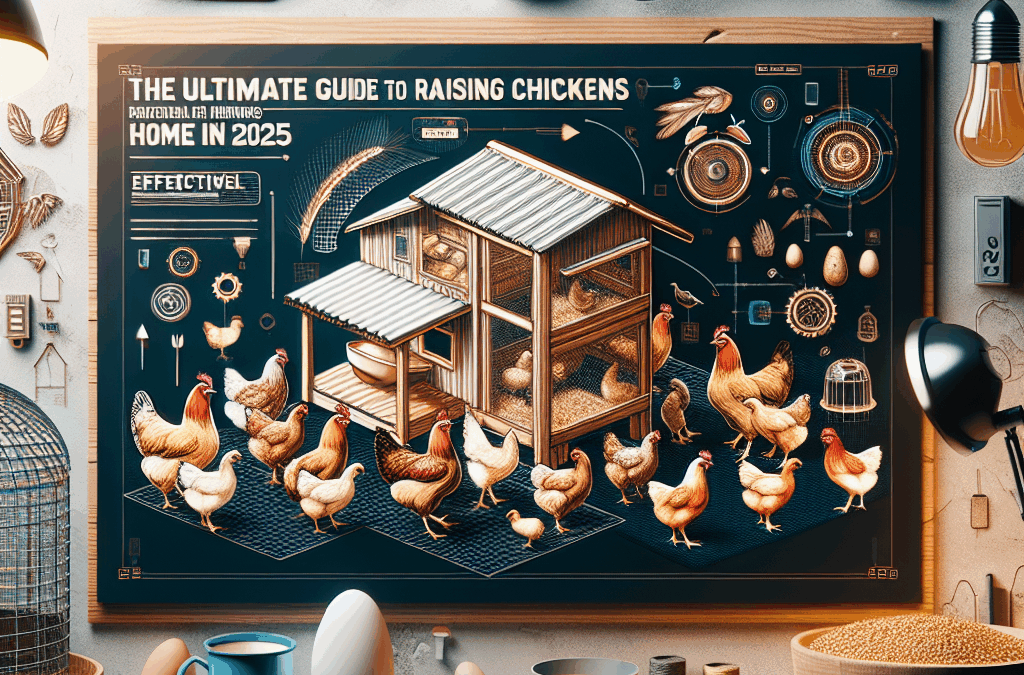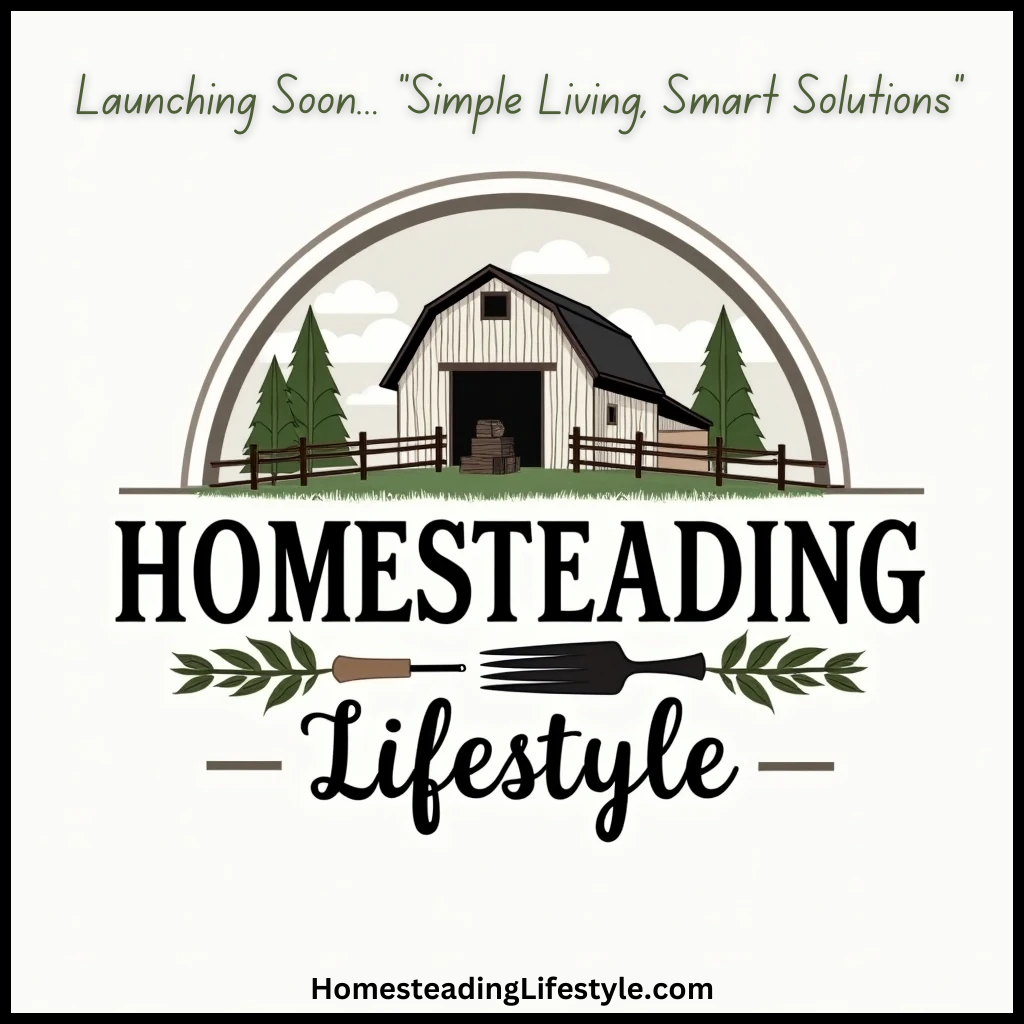Table of Contents
- 1. Choosing the Right Chicken Breeds for 2025
- 2. Designing an Ideal Coop for Raising Chickens at Home
- 3. Nutrition Tips for Healthy Backyard Chickens
- 4. Ensuring Proper Vaccination and Disease Prevention
- 5. Managing Waste and Composting Efficiently
- 6. Integrating Technology for Better Chicken Care
- 7. Predators and Safety Measures in 2025
- 8. Monitoring Egg Production and Quality
- 9. Training and Handling Your Chickens
- 10. Sustainable Practices for Raising Chickens at Home in 2025
1. Choosing the Right Chicken Breeds for 2025
Understanding Breed Characteristics
When you consider raising chickens at home, selecting the right breeds is foundational to success. In 2025, poultry keepers are increasingly prioritizing breeds that offer disease resistance, productivity, and adaptability to urban or small-space environments. Popular choices include Rhode Island Reds, Leghorns, and Australorps. Each breed has unique traits that suit different backyard setups. For example, Rhode Island Reds are hardy and good layers, making them ideal for beginners.
Researching breed temperaments also helps in creating a peaceful coop. Some breeds are more docile and friendly, preventing conflicts among your flock. It’s beneficial to check local hatcheries or breeders who specialize in these breeds to ensure quality and healthy chicks for your home flock. Selecting the right breeds ultimately influences your success in raising chickens at home in 2025.
Climate and Environment Compatibility
Climate plays a significant role when choosing breeds. In 2025, many backyard chicken keepers are adopting breeds suited for varying weather conditions. For hot climates, breeds like Andalusians or Minorcas excel, while cold environments benefit from America’s Livestock breeds such as Plymouth Rocks. Matching your local climate ensures your chickens stay healthy and productive year-round.
Additionally, consider your available space and whether you want egg production, meat, or dual-purpose chickens. With evolving breed genetics, there are now more hybrids designed for urban settings, requiring less space and offering high productivity. Making an informed choice on breeds based on climate and purpose helps you in raising chickens at home successfully in 2025.
2. Designing an Ideal Coop for Raising Chickens at Home
Materials and Construction Tips
Designing a sturdy, predator-proof coop is essential for raising chickens at home. In 2025, innovative materials like sustainable wood composites, recycled plastics, and metal wiring are popular for constructing durable coops. These materials resist weather damage and pests, ensuring your flock’s safety and comfort. Proper ventilation is also crucial; incorporating adjustable vents or exhaust fans helps prevent respiratory issues.
Ease of maintenance is another key factor. Building removable tray floors, accessible nesting boxes, and clear walkways simplifies cleaning routines. Remember, a clean environment reduces disease risk and keeps your chickens healthy. Investing in quality construction now pays off in the long run, making coop maintenance manageable and effective.
Space Requirements and Layout
In 2025, space optimization is vital as many backyard poultry keepers have limited land. The general rule of thumb is at least 4 square feet per chicken inside the coop and 10 square feet in outdoor runs. Proper zoning allows chickens to forage and exercise, which boosts their health and egg production.
Designing a modular coop allows flexibilityâadding sections or expanding as your flock grows. A well-planned layout also considers nesting area placement for privacy and egg collection efficiency. By designing with these principles, you’ll ensure your chickens have a safe, comfortable space, making raising chickens at home a rewarding experience.
3. Nutrition Tips for Healthy Backyard Chickens
Balanced Diet Essentials
Nutrition is the backbone of successful raising chickens at home. In 2025, poultry nutrition is increasingly focusing on organic and locally sourced feed options. A balanced diet includes protein, carbohydrates, fats, vitamins, and mineralsâadequate for layers, broilers, or dual-purpose breeds. Commercial feeds formulated for specific chicken stages simplify this process.
Adding kitchen scraps, such as vegetable peelings and grains, can supplement their diet, but avoid giving chickens processed or spoiled foods. Incorporating naturally enriched feed enhances egg quality and overall health. Ensuring fresh water is always available is equally criticalâdehydration can undermine your flock’s productivity and immune health.
Supplements and Natural Additives
In 2025, many backyard poultry enthusiasts are turning to natural supplements to support optimal health. Oyster shell provides calcium for eggshell strength, while probiotics promote gut health. Herbs like oregano and garlic have antimicrobial properties, reducing disease incidence.
Regularly rotating supplements prevents nutrient deficiencies. Conducting simple blood tests or observing any changes in egg production can help fine-tune their diet plan. Proper nutrition keeps your chickens resilient against common ailments and boosts their laying capacity, making raising chickens at home more productive.
4. Ensuring Proper Vaccination and Disease Prevention
Common Diseases and Their Symptoms
Preventing disease is paramount in raising chickens at home. Common ailments include avian flu, Marekâs disease, and Newcastle disease. Recognizing early symptoms such as lethargy, abnormal droppings, or respiratory issues can facilitate prompt treatment.
In 2025, emphasizing biosecurity measures reduces disease risk significantly. Quarantining new flock members, avoiding contact with wild birds, and maintaining clean bedding are essential practices. Regular health checks and observing your chickens daily help catch issues early.
Vaccination Schedules and Tips
Developing a vaccination schedule tailored for your flock’s needs is vital. Consult with poultry vets or local agricultural extensions to determine the suitable vaccines in 2025. Core vaccines like Marekâs disease, infectious bronchitis, and coccidiosis immunizations are recommended for most backyard flocks.
Proper injection techniques, storage, and record-keeping ensure effective vaccination. Some keepers are also adopting natural preventive measures, such as adding probiotics and herbal remedies to enhance immunity. Staying proactive in health care guarantees a thriving flock of raising chickens at home.
5. Managing Waste and Composting Efficiently
Waste Management Techniques
Proper waste management not only keeps your coop clean but also contributes to sustainability. Leftover feed, bedding, and droppings can be composted safely if managed correctly. Using droppings as fertilizer enriches your garden, making raising chickens at home environmentally beneficial.
In 2025, composting methods have evolved with tools like automated compost bins and odor control systems, making the process more manageable. Regular cleaning prevents odor buildup and pest attraction. A well-maintained waste management system supports a healthy flock and a cleaner environment.
Creating Nutrient-Rich Compost
Composting chicken manure creates valuable compost for your garden, but it must be properly processed due to its high nitrogen content. Achieving the right balance with carbon-rich materials like straw or shredded paper is key. Turning the compost regularly ensures uniform decomposition.
Incorporating additives like biochar can reduce pathogens and improve soil aeration. By using compost effectively, you’re closing the loop in your backyard farm, promoting sustainable practices for raising chickens at home in 2025.
Conclusion
Raising chickens at home in 2025 offers numerous benefitsâfrom fresh eggs to a sustainable lifestyle. Whether you’re a beginner or an experienced poultry keeper, following these proven tips will help you succeed. From choosing the right breeds and building an ideal coop to ensuring optimal health and nutrition, each aspect plays a vital role in creating a thriving backyard flock. Embracing modern techniques and sustainable practices keeps your project fun, rewarding, and environmentally friendly. Remember, dedicated care and planning make all the difference in your journey of raising chickens at home. Here’s to a successful 2025 chicken-keeping adventure!
Frequently Asked Questions
1. What are the best chicken breeds for raising chickens at home in 2025?
Popular breeds in 2025 include Rhode Island Reds, Australorps, and Orpingtons, known for their resilience, egg production, and friendly temperaments. Always select breeds suited to your local climate and personal goals.
2. How much space do I need for raising chickens at home?
Provide at least 4 square feet per chicken inside the coop and around 10 square feet per chicken in outdoor run areas. Proper spacing ensures health, reduces stress, and promotes natural behaviors.
3. How do I prevent diseases in my backyard flock?
Use regular vaccinations, practice good biosecurity, quarantine new birds, and keep the coop clean. Early detection of symptoms and proper quarantine measures also help prevent outbreaks.
4. Why is nutrition important in raising chickens at home?
Nutrition directly impacts egg quality, growth, and immune health. Providing a balanced diet with appropriate supplements ensures your chickens stay healthy and productive throughout 2025.
5. Can I raise chickens at home if I live in an urban area?
Yes! Many urban backyard setups are ideal for raising chickens at home, especially with breeds suited for small spaces. Check local regulations before starting your flock.






